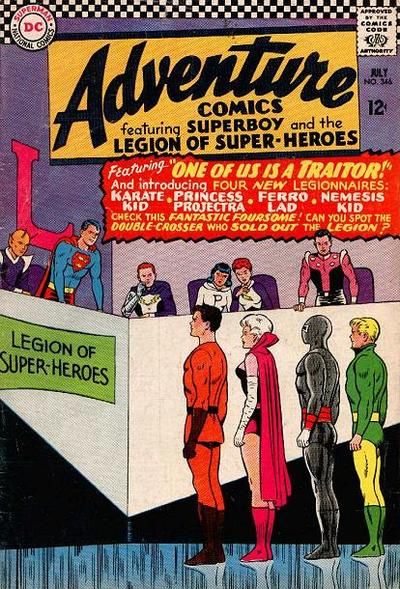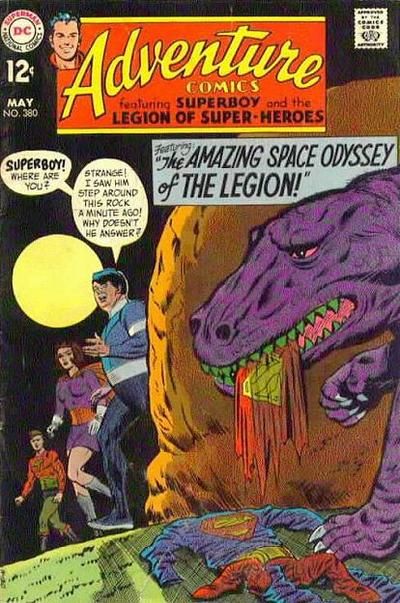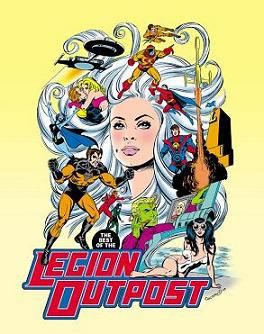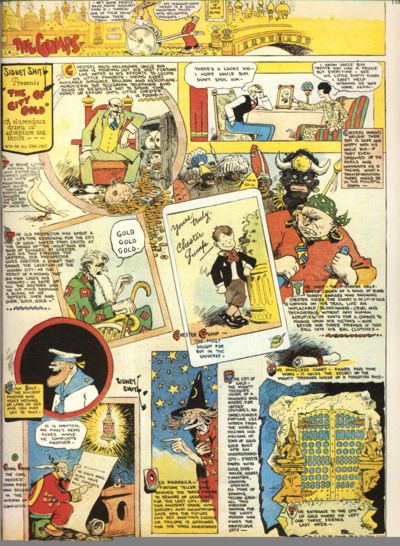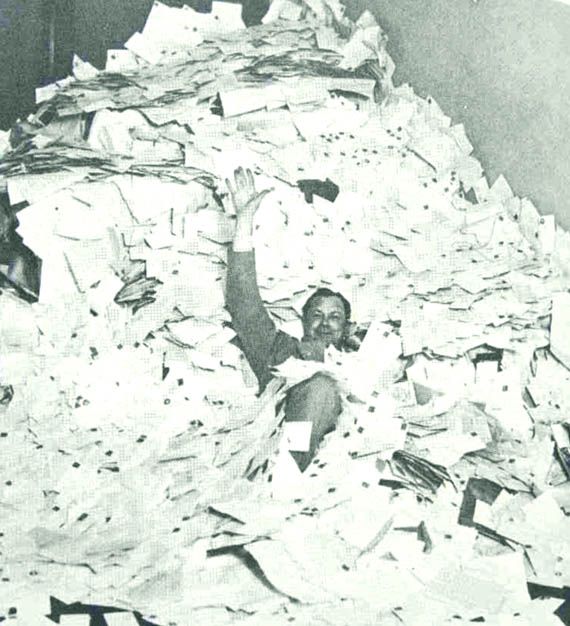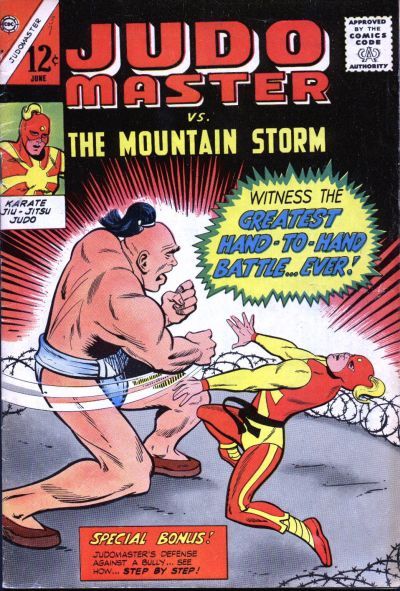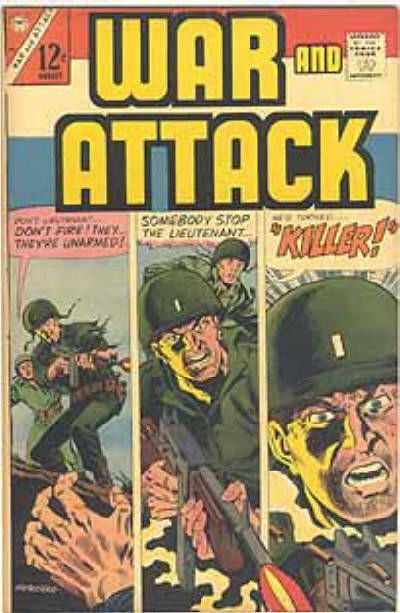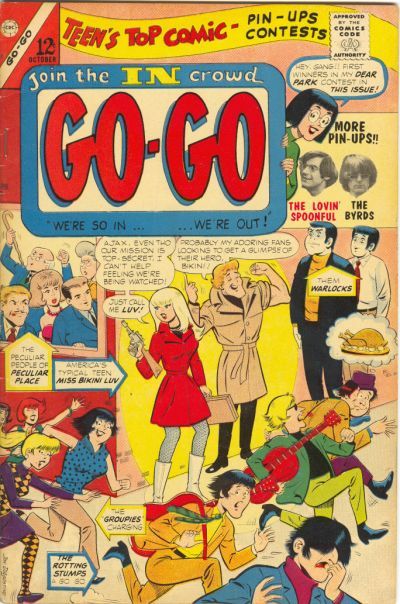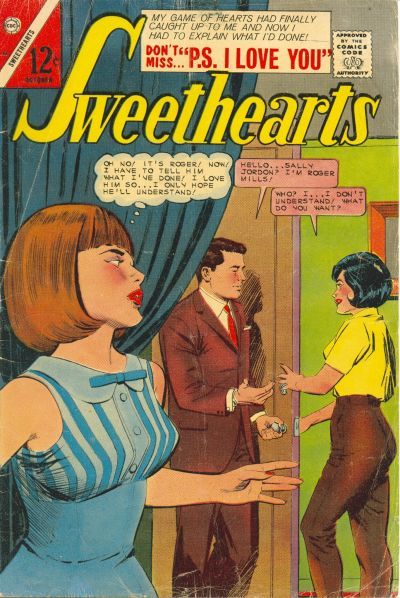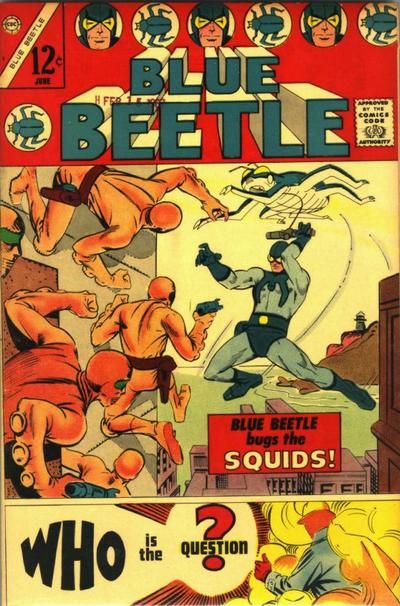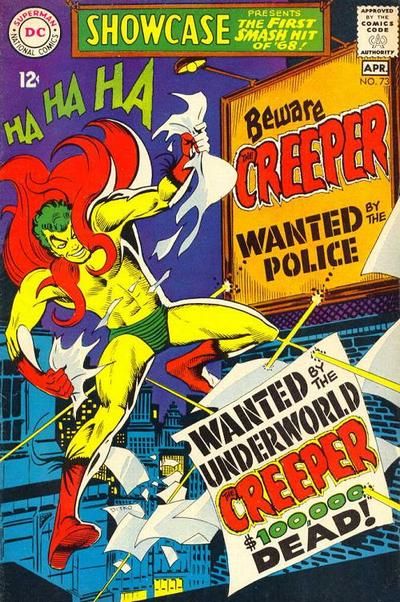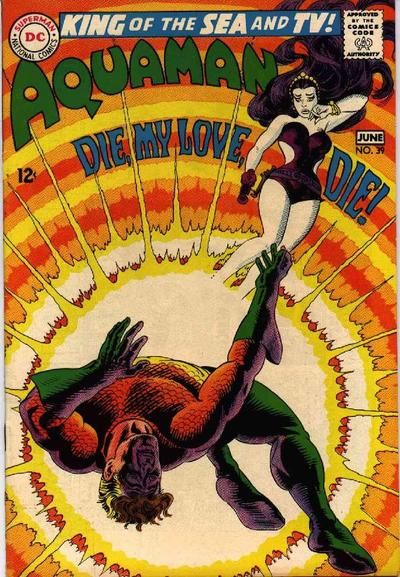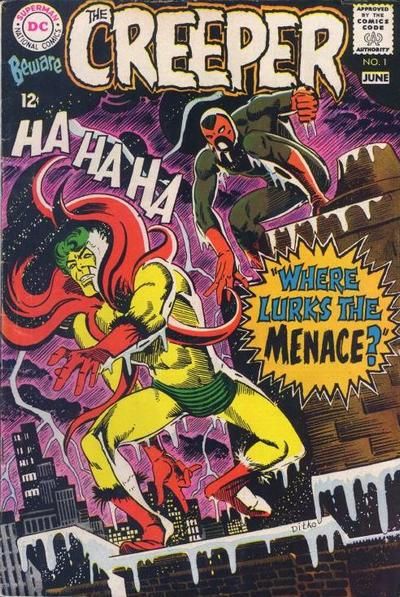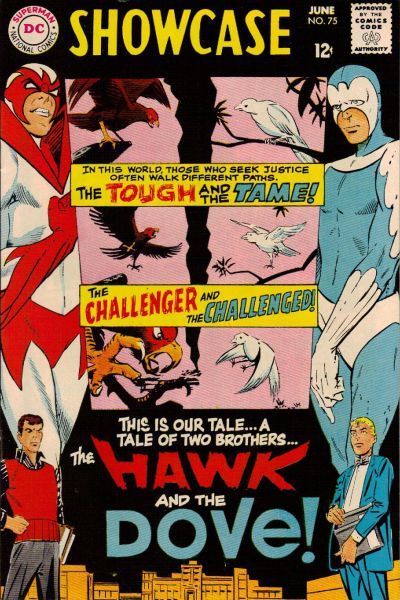This is the one-hundred and fifty-fourth in a series of examinations of comic book urban legends and whether they are true or false. Click here for an archive of the previous one-hundred and fifty-three. Click here for a similar archive, only arranged by subject.
Let's begin!
COMIC URBAN LEGEND: Fans traveled to Jim Shooter's home to convince him to return to writing the Legion
STATUS: True
Jim Shooter's run on the Legion of Superheroes (which he began when he was 14 years old) is still an acclaimed run by fans (it was in the Top 150 Comic Book Runs, as voted on by Comics Should be Good readers), but what is especially remarkable is how much his run was loved back when it happened, and to what lengths some fans went to bring Shooter back to the book.
Shooter began his run with Adventure Comics #346, a comic he wrote and drew when he was a mere 14 years old!
By 1969, Legion lost its place in Adventure Comics (moving to backups in Action Comics, then occasional backups in Superboy - talk about a drop-off!) and Shooter was graduating high school (and most likely disenchanted with working with Mort Weisinger), so the grizzled veteran of 18 years decided to quit comics entirely.
However, Legion fandom does not go softly into that good night, which Shooter would learn later.
First off, the Legion fans founded the Legion Outpost, which was more or less directly responsible for the Legion being given a permanent spot in Superboy (and, ultimately, the entire title to themselves).
Harry Broertjes was the editor of the Legion Outpost from the second issue on, and in the Summer of 1974, he went to visit Shooter, who was living in Pittsburgh and working in advertising. Broertjes interviewed him for Legion Outpost #8, and noted that Shooter seemed interested in writing comic books again.
Some time after the interview was over, Broertjes and another Legion fan, Jay Zilber, decided to go visit Shooter again at Shooter's home. This time, it was to convince him to try writing comics again. They eventually convinced him to give it a go, and Shooter flew to New York, and wrote his first comic in over four years, appearing in Superboy starring the Legion of Super-Heroes #209.
The rest, as they say, is history.
How different would the history of comic books have been if not for these Legion fans?
Read about the Legion Outpost in The Best of the Legion Outpost, from TwoMorrows Publishing (edited by Glen Cadigan).
You can order the book here!
Thanks so much to Keith Dallas, of the nifty Silver Age Soapbox column over at Comics Bulletin, for the information!
COMIC URBAN LEGEND: A comic creator was killed returning home from signing a million dollar contract
STATUS: True
When you talk about bizarre, but true, few stories fit the bill as well as this tragic tale of a comic creator dying literally at the peak of his fortunes.
(Robert) Sidney Smith began his career as a sports cartoonist at the Chicago Examiner. He routinely featured a goat character in his cartoons, and when he moved over to the Chicago Tribune, he started a comic strip there starring a family of anthropomorphic goats called Old Doc Yak.
In 1917, Captain Joseph M. Patterson, editor and publisher of the Chicago Tribune, gave Smith what turned out to be utterly brilliant career advice. Old Doc Yak was not doing too well, so he suggested that Smith try a new comic strip, this one featuring "ordinary" people doing ordinary things.
Smith gave it a shot, and started The Gumps in 1917, which soon became one of the most popular comic strips ever, and helped build the Tribune-News syndicate.
The series, with its intricate continuity and soap opera feel, was a precursor to many other comic strips that began using the same style of storytelling (Gasoline Alley, for instance).
In 1929, Smith took a character who was more important in the early days of the strip (back when it was more of a gag-a-day, and less of a soap opera), Mary Gold, and killed her off (after dragging her illness out for quite awhile). The response was tremendous.
Here is a photo of Smith with the letters he received over her death (and this was not one of the really major characters in the comic)....
Merchandising of the strip was massive, as were other media tie-ins, such as a cartoon film serial, a radio series - the Gumps were everywhere. It was making so much money that, in 1925, Smith received an unheard of ten year, one MILLION dollar contract to do the strip, netting him $100,000 a year.
Amazingly, ten years later, Smith was able to negotiate a LARGER contract, this time for $150,000 a year.
Sadly, while driving home from the party to celebrate the signing of his contract, Smith crashed his new Rolls Royce (also, I believe, part of the contract) and died.
Talk about going from the highest of highs to the lowest of lows!!
Gus Edson took over, and while the strip lasted another two decades, it never was nearly as popular as it was before Smith's death.
COMIC URBAN LEGEND: Dick Giordano brought Steve Ditko to DC Comics
STATUS: False
A few weeks ago, I was reading a comic book messageboard, and I saw the following (I'm not going to single out the poster because the whole point of this is that it is a common mistake, so it wouldn't make sense to make it out like "Guy X is incorrect" when a LOT of people on this topic are incorrect) post:
Things were really happening at DC in 1968, with the inclusion of Dick Giordano as editor. He brought over Denny O'Neil and Steve Ditko from Charlton, and some really good stuff was going on!
My eyes perked up, because this is a point that I see mentioned every so often when the topic of DC in the late 60s comes up, and it bears noting - Giordano did NOT bring Ditko to DC Comics, it was the other way around.
This is not to diminish the impact that Dick Giordano had on DC in the late 60s, which was considerable. Giordano is a comic book legend, and his influence was important.
However, when it comes down to "who was there first?" the answer is Ditko.
Giordano broke in at Charlton in 1966, editing a number of their titles, such as...
Judomaster...
War Attack...
Go-Go....
and Sweethearts...
Essentially, the whole line of comics.
In 1967, he notably edited the first issue of Blue Beetle, where Ditko debuted the Question.
In April of 1968, Ditko started at DC with a story in Showcase introducing the Creeper.
This issue was edited by Murray Boltinoff, not Giordano.
Once at DC, according to noted comic historian Mark Evanier (who also noted last year how often this error comes up), Ditko recommended that they hire Giordano, who started shortly after, with Aquaman #39,
and the same month, the first issue of Ditko's Beware...the Creeper.
That same month, Ditko introduced Hawk and Dove in Showcase (Carmine Infantino edited it).
Talk about a productive few months!
Yes, Giordano did bring Charlton creators with him (most notably, Denny O'Neil), but not Ditko.
Thanks to Mark Evanier for the information!
Okay, that's it for this week!
Thanks to the Grand Comic Book Database for this week's covers!
While you're here, check out the Top 100 Comic Book Runs countdown (you can follow it here)!
Feel free (heck, I implore you!) to write in with your suggestions for future installments! My e-mail address is cronb01@aol.com.
See you next week!


